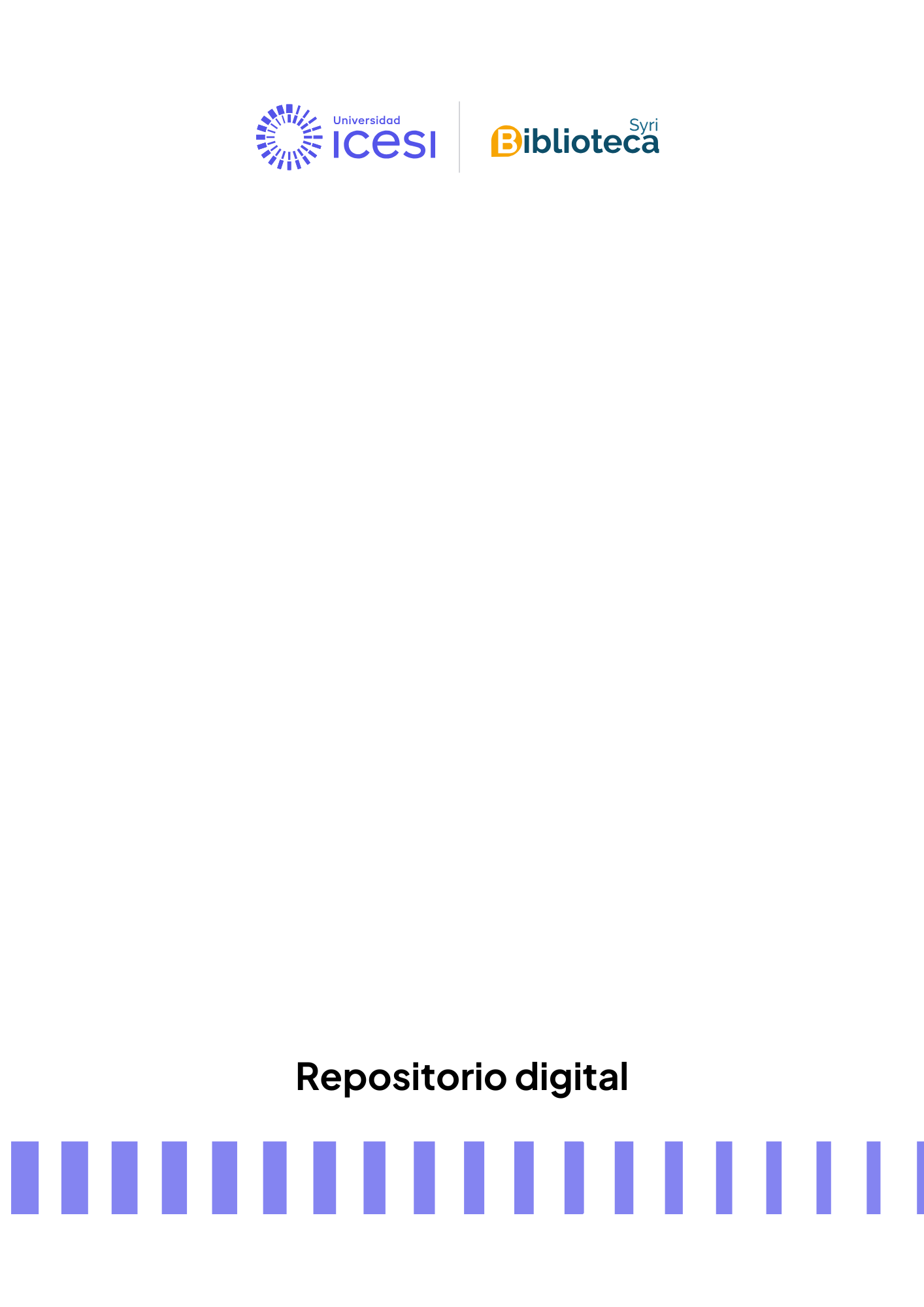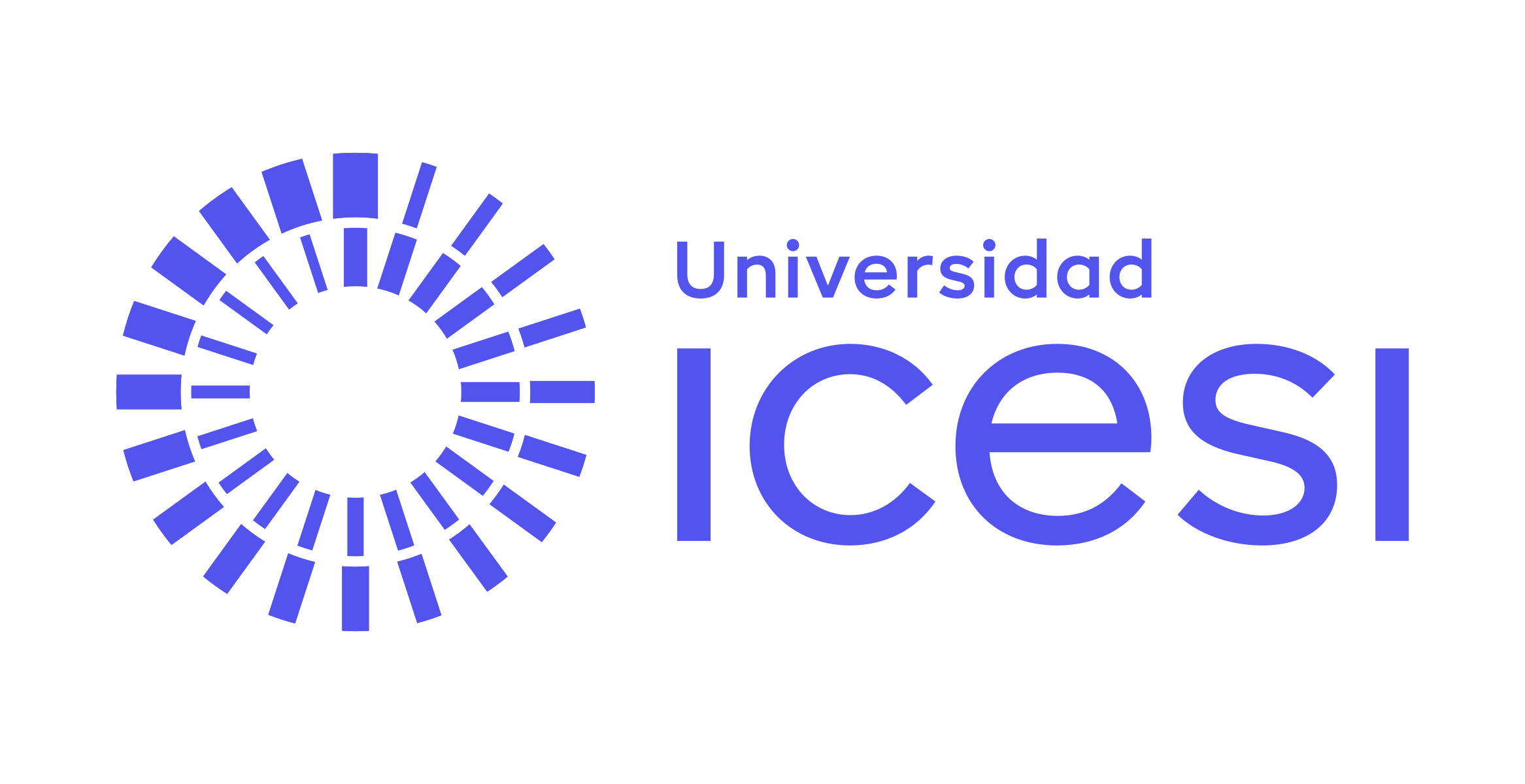Effects of blind channel equalization using the regressive accelerator algorithm version ɣ

Archivos
Fecha
Autores
Director de tesis/Asesor
Título de la revista
ISSN de la revista
Título del volumen
Publicador
Editor
Compartir
Resumen
We present a blind channel equalization scheme, applied to γ version regressive acceleration algorithm,
which uses self-taught equalization techniques to study the characteristics of both, the second and the higher order
moments for the transmitted signal, used to calculate the signal of error and thus, to make an optimal estimation of the
transmitted symbols. This way, simulations of the obtained results are done in comparison with the algorithms based on
the stochastic gradient and with the Bussgang algorithms. The results of that simulations show how, using the regressive
acceleration algorithm version
γ, a better detection of transmitted bits and higher convergence speeds are obtained, with
a minimum mean square error.

